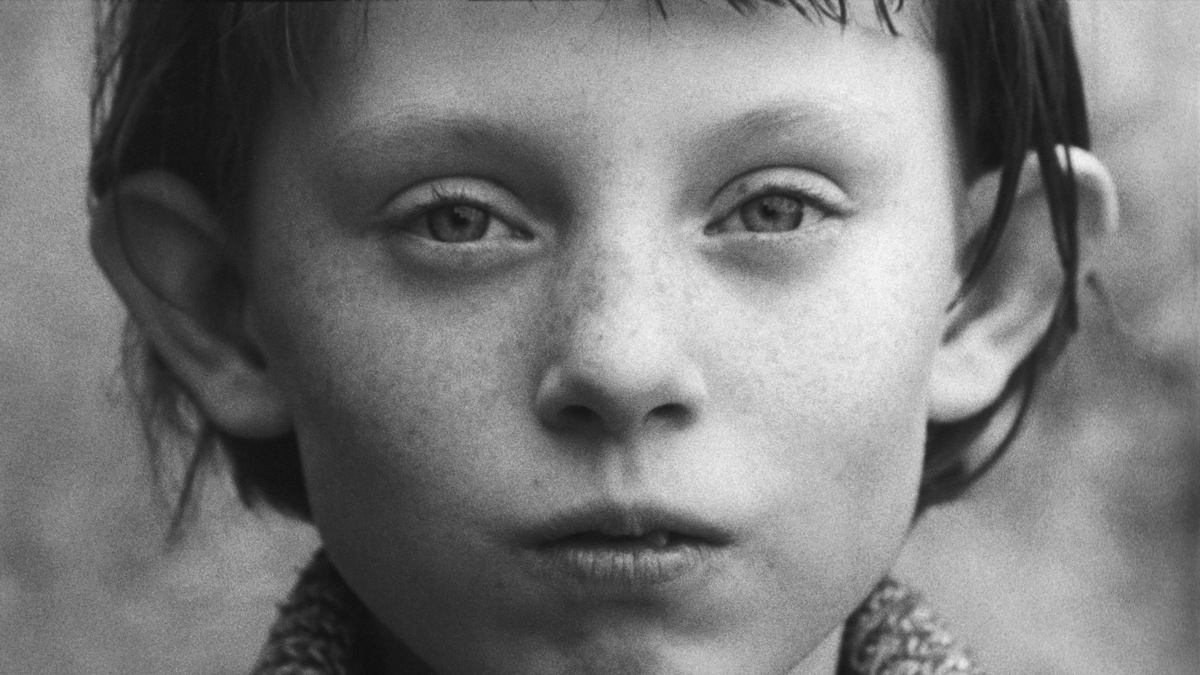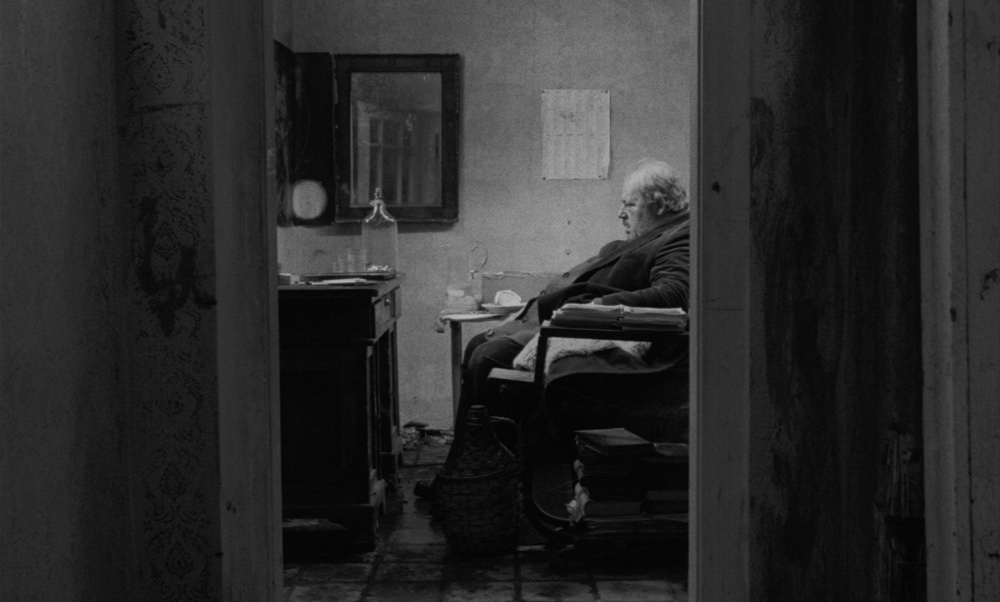
“Satan Tango” running time 7 hours and 18 minutes! Legendary works question the nature of film
2019.10.02
An attempt to break through the contradictions between the essence of “time” and film.
"Pure duration" is a concept advocated by French philosopher Henri Bergson (1859-1941). Bergson tried to answer the question ``What is time?'' with this concept of ``pure duration.''
Don't we imagine "time" as something like a straight line extending from the past to the future? It's a lot like a movie film. Events are recorded frame by frame on film, and as they are projected one frame at a time, it moves, or in other words, time begins to flow. By moving back and forth on the film, you can go back in time or look into the future. Furthermore, the film can even be slit with scissors.
However, Bergson pointed out that imagining time that way is itself a big mistake. Time can be compared to the flow of a river, which always flows downstream and cannot be divided or stopped. The essence of a river is that it continues to flow. In other words, he preached that there is an essence in the fact that time continues to flow = ``pure continuation.'' Bergson also says that this ``pure continuation'' is the source of human freedom.

"Satantango"
However, film is a form of expression that attempts to control time. Cutting time (film) at arbitrary points and splicing them together, sometimes making time jumps and sometimes making time appear stretched. One could say that one of the essences of film is to try to control the flow of time, but on the other hand, this is an act that is at odds with the essence of time, which is ``pure duration.''
I believe that Tal Béla bravely challenged this contradiction between the essence of time and the form of film expression. What can we do to more vividly express the people and life itself portrayed in movies? The only way to do that is to ``purely sustain'' the ``time'' that flows through the movie. For this reason, the technique of long takes and moving photography may have been required. The director does not make cuts at arbitrary points, the actors and animals continue to move, and the video itself continues to move (sustained) by moving like a river.
Director Tal Béla says of his long takes: “I think long shots are a way to get closer to perfection when trying to tell something about life.”
“Satantango” preview
``Satantango'' is a work that presents a very ironic and pessimistic view of human nature. However, if there is an idea similar to Bergson's ``pure continuation'' in Tal Béla, the film itself may be permeated by a desire for true human freedom. Tal Béla, who once aspired to be a philosopher, would not completely agree with the author's delusion, but he would not deny it either.
I think ``Satantango'' is a movie that provokes and tests the viewer. During the seven-hour running time, the audience faces the act of watching the film itself, becoming conscious of the passage of time whether they like it or not. So what do you think, think, and interpret? Perhaps the greatest appeal of this work is that it functions highly as a device that invites such actions.
Interview and text: Tetsuya Inagaki
TV director. My personal goal is to realize a documentary project that depicts the obsessions of manga and movie creators. Programs he has directed in the past include ``The Godfather : The Man Who Revolutionized Manga'' (WOWOW), ``Takeshi's Birth: Master and Asakusa'' (NHK), ``Master and Disciple Story: The Encounter That Changed My Life'' [Masahiro Tanaka x Katsuya Nomura ] (NHK BS Premium).
"Satantango"
The legendary road show will be held at Theater Image Forum and Human Trust Cinema Yurakucho from Friday, September 13, 2019!
*Information as of October 2019 article publication.

